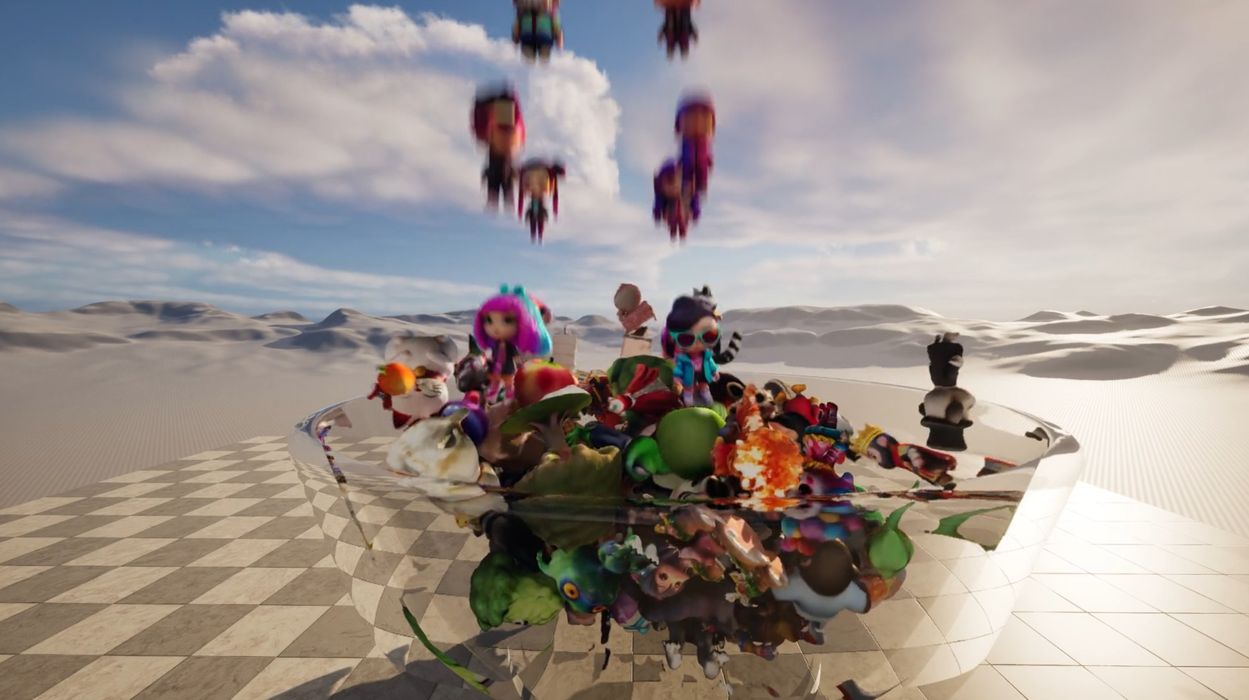
Stability AI has introduced a new method of generating 3D models using AI.
If you’re not familiar with Stability AI, they are a company developing open source AI tools. For example, they are behind “Stable Diffusion”, an open source AI tool that can generate detailed images from text prompts. This is similar to MidJourney or DALLE-3, but in open source form.
The company produces multiple models for AI generation, including not only images but also audio and languages.
Now they seem to be adding a “text to 3D” function, called “Stable 3D”.
“Text to 3D” has been a process that’s being explored by several sources in the past year. We’ve written several stories on such tools, but generally they produce lousy results, or are severely constrained.
Nevertheless, it is very startling to see ANYTHING produced in 3D from a simple text prompt. This led me to the belief that this technology would rapidly improve over the next while, and ultimately might become a standard approach for generating 3D models instead of complex and expensive CAD tools, at least for some applications.
Stability AI explains the new tool:
“Stability AI is pleased to introduce a private preview of Stable 3D, an automatic process to generate concept-quality textured 3D objects that eliminates much of that complexity and allows a non-expert to generate a draft-quality 3D model in minutes, by selecting an image or illustration, or writing a text prompt. Objects created with Stable 3D are delivered in the ‘.obj’ standard file format, and can be further edited and improved in 3D tools like Blender and Maya, or imported in a game engine, such as Unreal Engine 5 or Unity.”
This does seem miraculous: you simply ASK for a 3D model and you get one.
But we don’t know how good (or bad) this particular tool is yet. I don’t have access to the preview, but I’m pretty sure we will see examples appearing soon.
Stability AI is one of the bigger players in the new AI space, so it is quite possible their implementation of Text to 3D is superior to what we’ve seen so far.
Now I’m wondering where we will be at a year from now.
Via Stability AI
